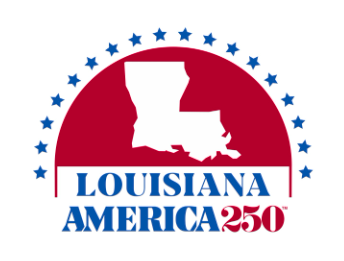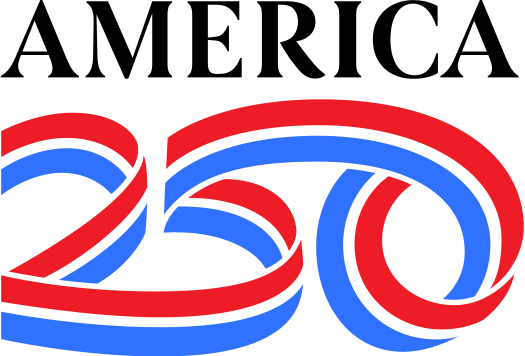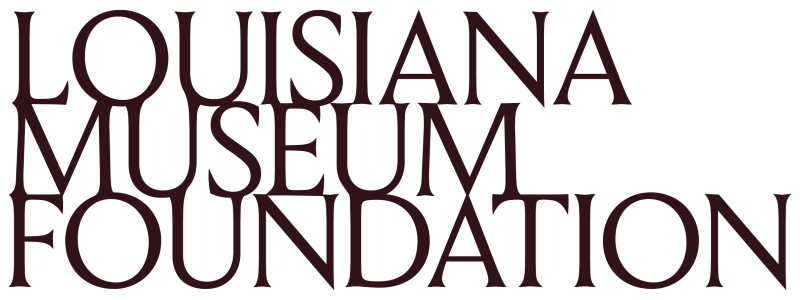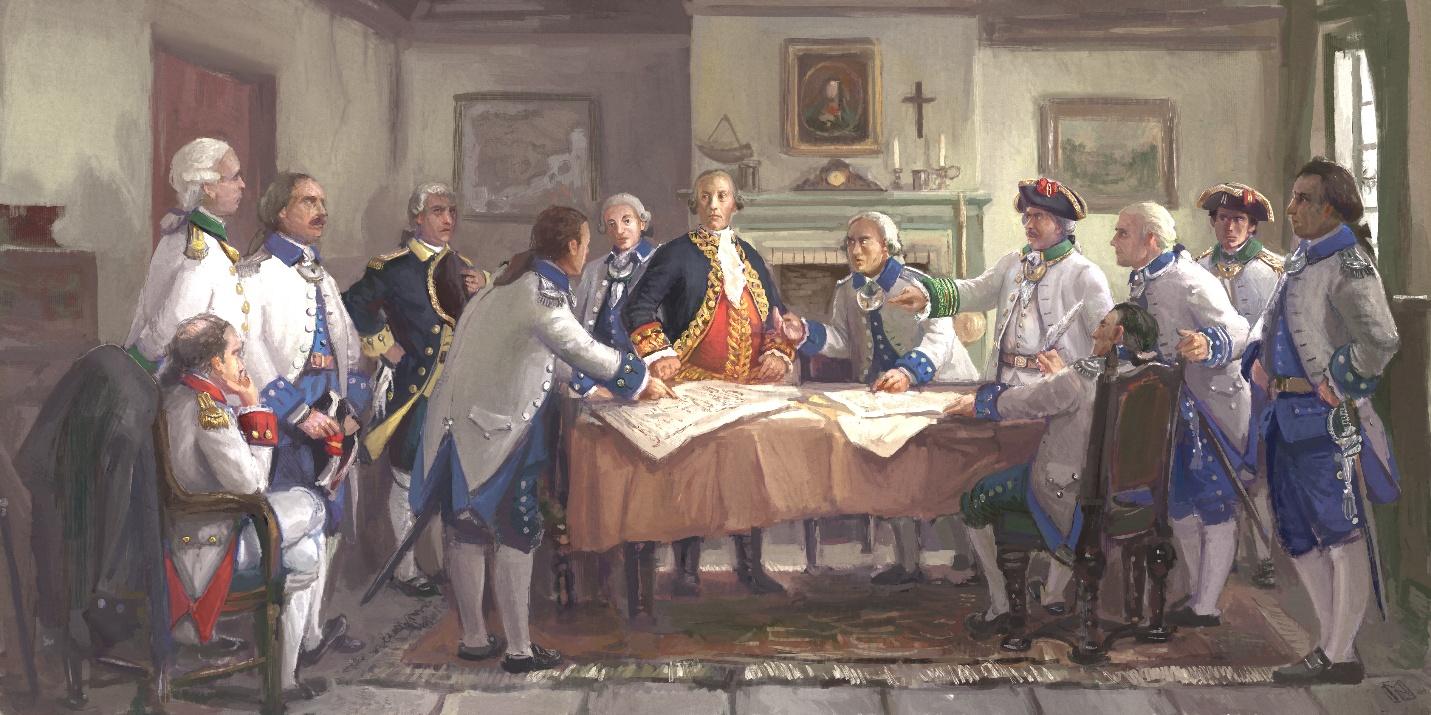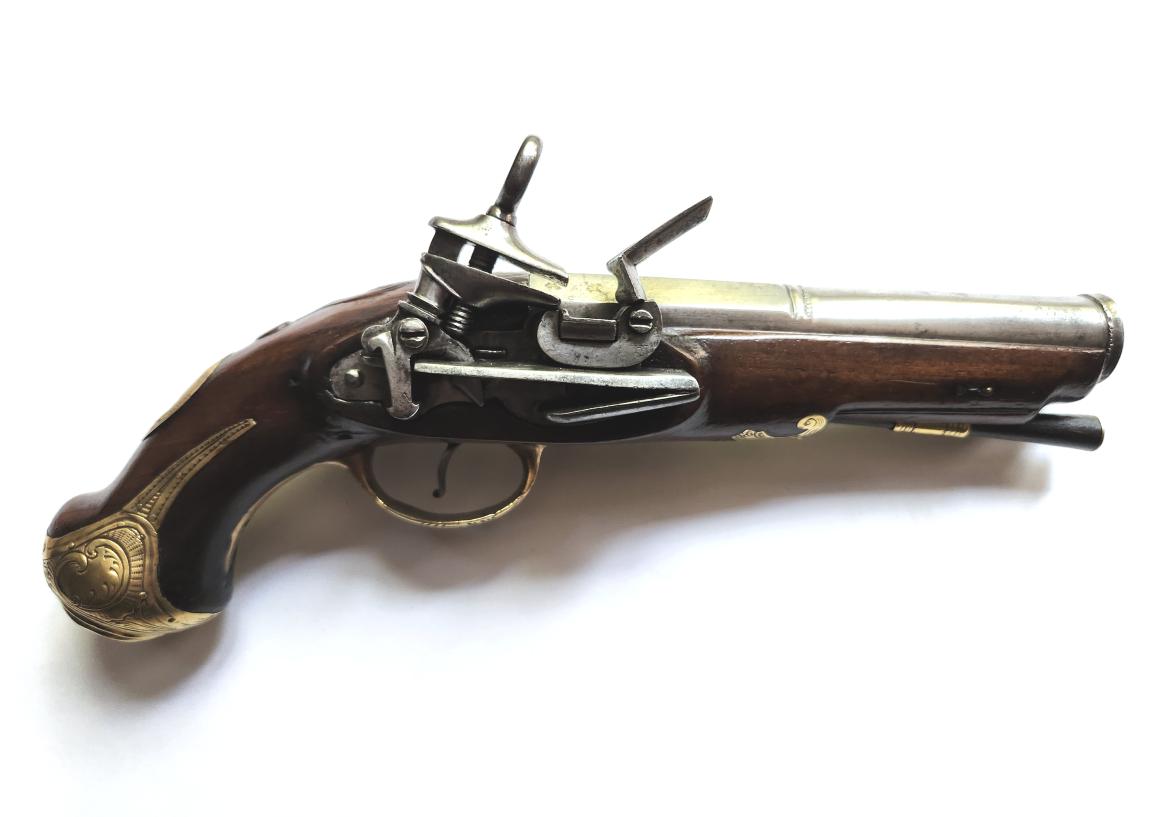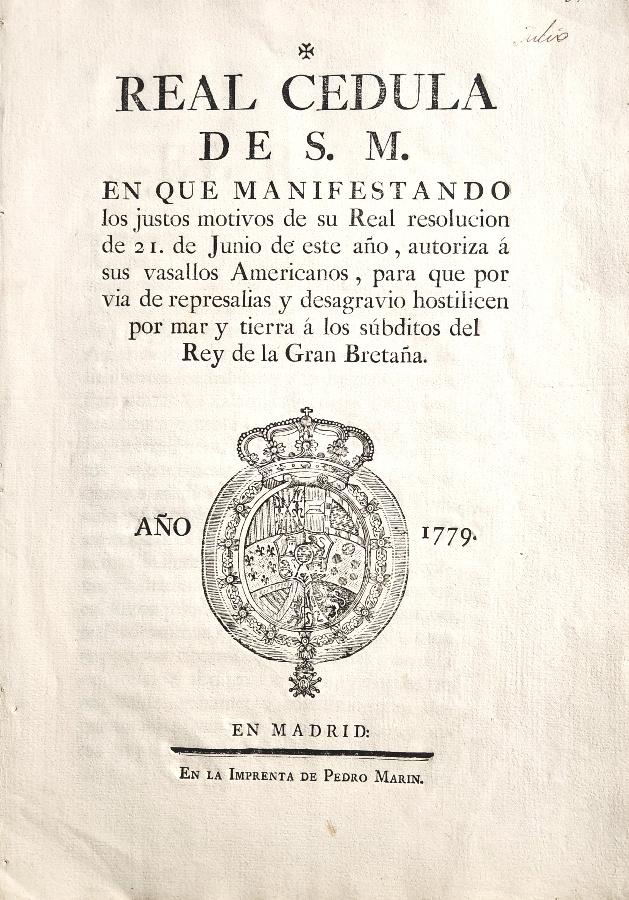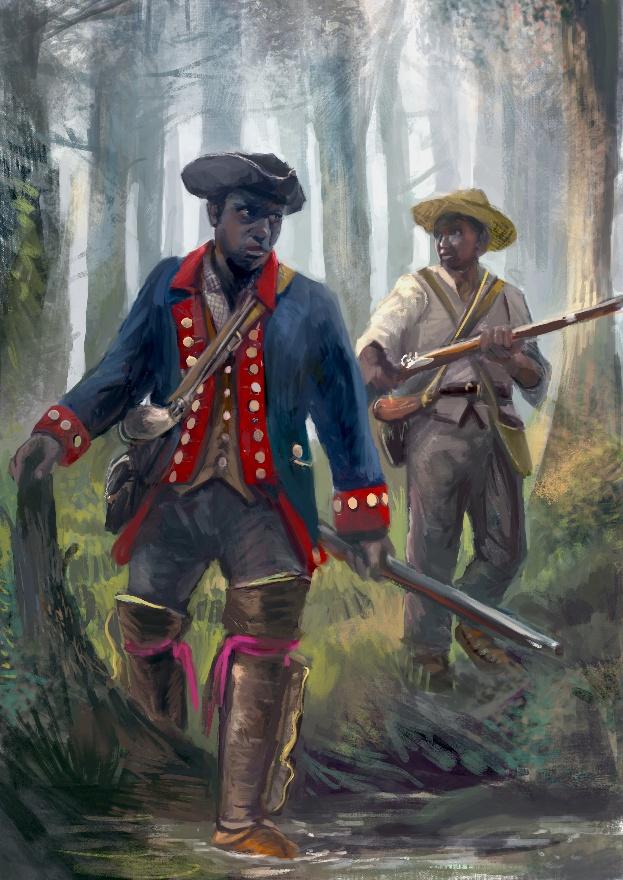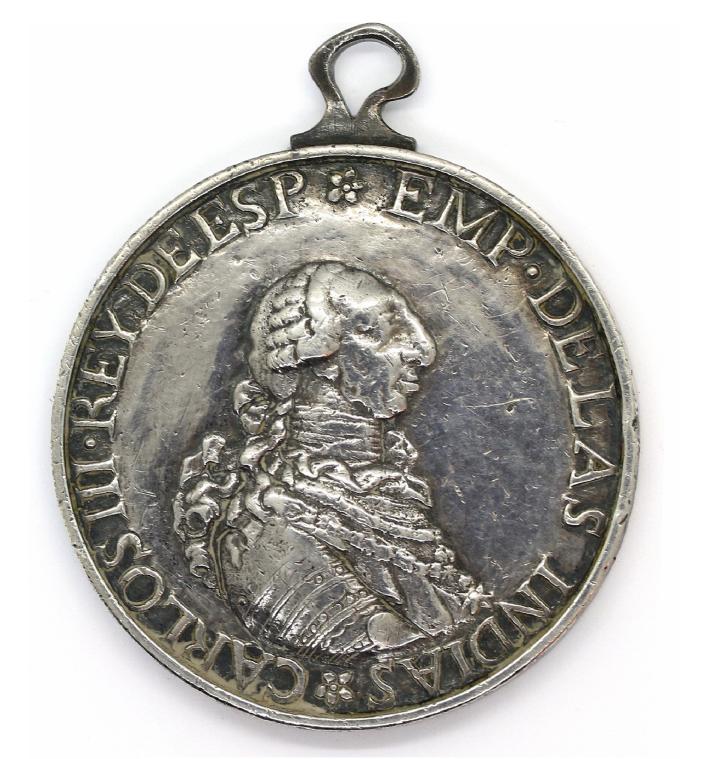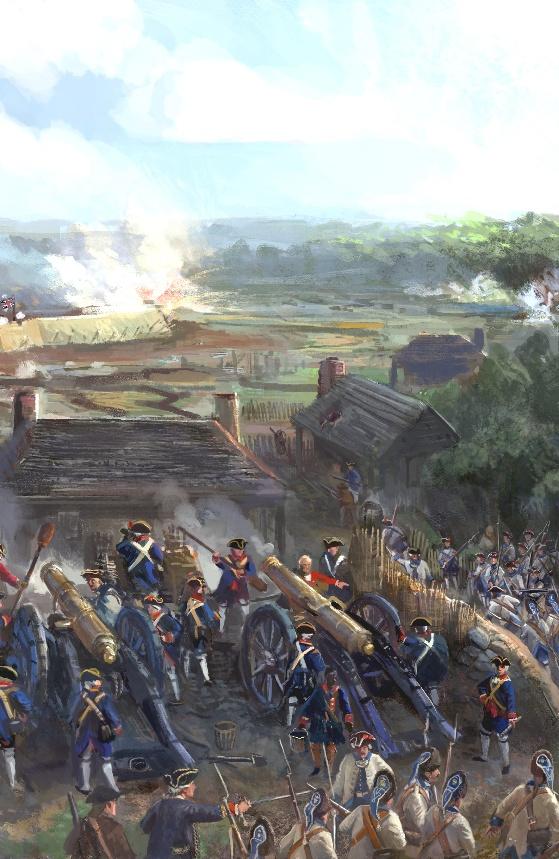Gálvez and Louisiana in the American Revolution
As the nation prepares to mark America 250, the Louisiana State Museum presents Gálvez and Louisiana in the American Revolutions, a landmark exhibition exploring the life and legacy of Spanish Governor Bernardo de Gálvez and the diverse people of Louisiana who fought for American independence.
From Acadian exiles and free Black militiamen to Indigenous leaders and Canary Island settlers, Gálvez marshaled a multicultural army that helped secure the Gulf Coast against British forces and shaped the outcome of the American Revolution. Rare artifacts, immersive media, and personal stories will illuminate how New Orleans became a critical hub of strategy, supplies, and diplomacy during the fight for liberty.
This exhibition offers visitors a powerful opportunity to see the American Revolution through a local, inclusive lens—recognizing Louisiana’s essential role in the nation’s founding story.
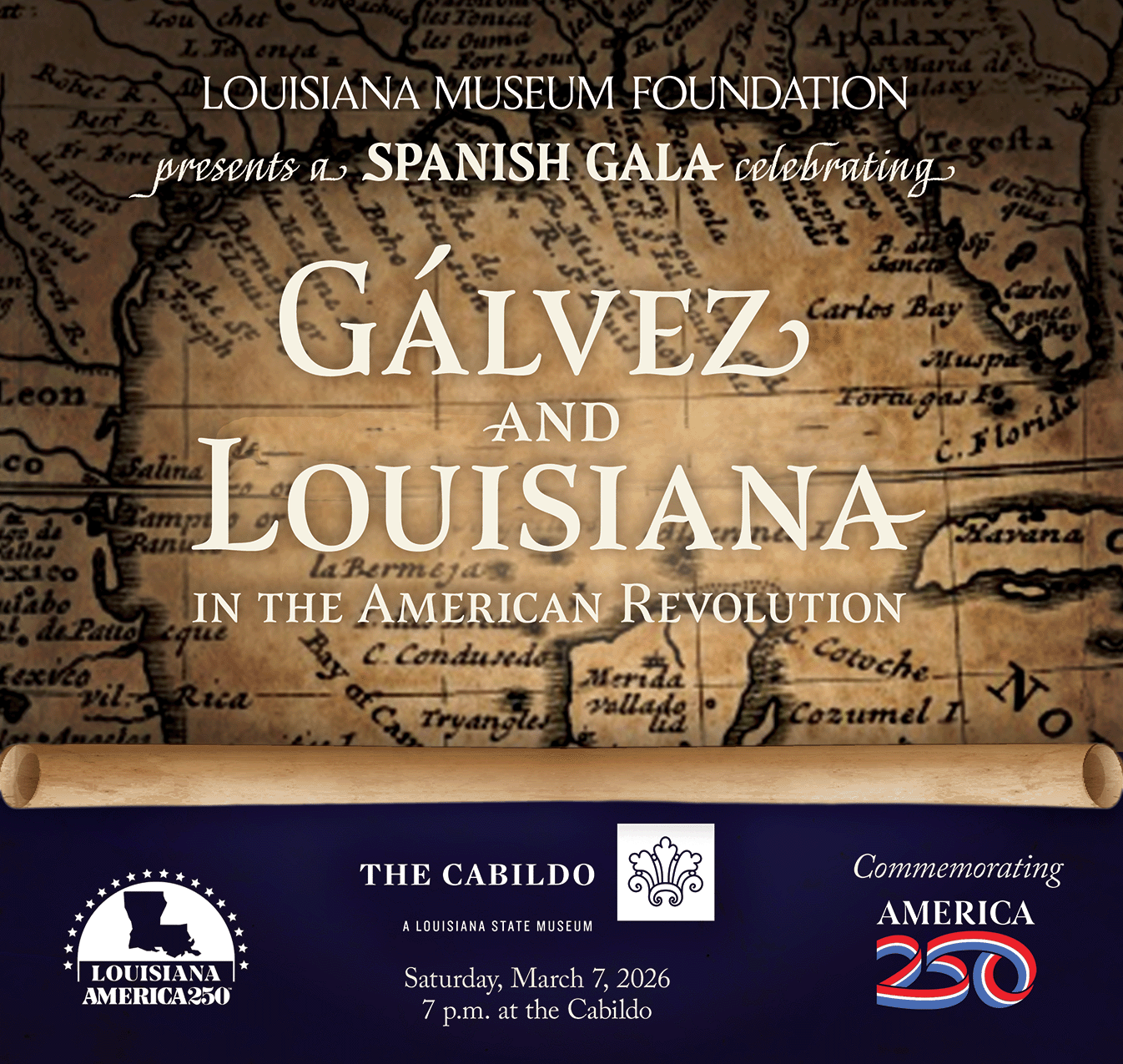
Join the Louisiana Museum Foundation for an elegant evening at the historic Cabildo as we celebrate Louisiana’s pivotal role in the American Revolution and honor the enduring legacy of General Bernardo de Gálvez. This Spanish Gala supports the upcoming exhibition Gálvez and Louisiana in the American Revolution, opening March 2026 at the Cabildo in partnership with Louisiana State Museum and in celebration of America250. Guests will enjoy an immersive night inspired by 18th-century Spanish Louisiana, including live entertainment, curated cocktails and cuisine, and opportunities to explore the stories of the diverse people who shaped Louisiana’s fight for American independence. Reserve your tickets today!
